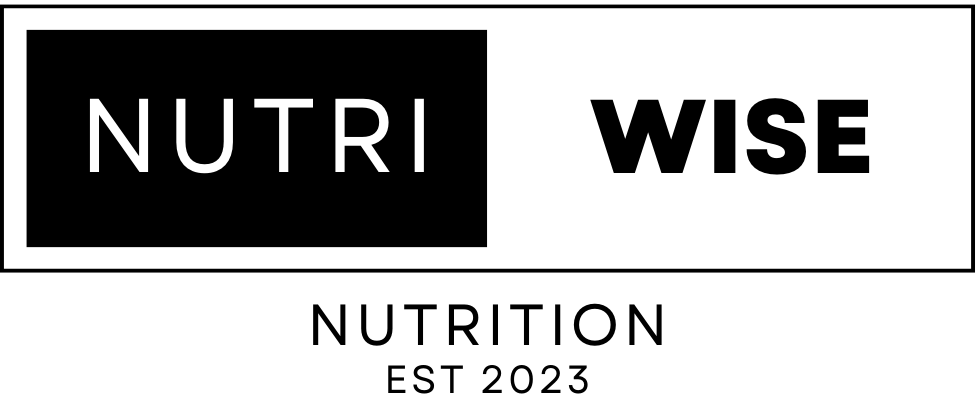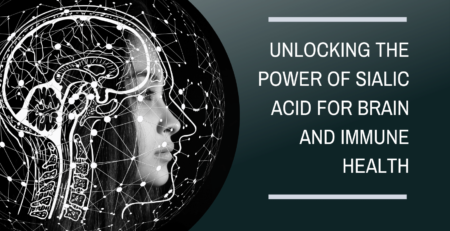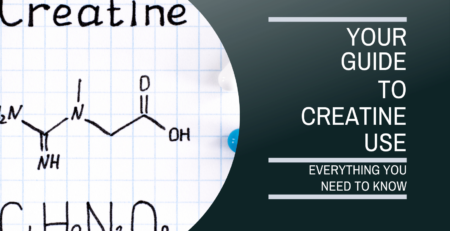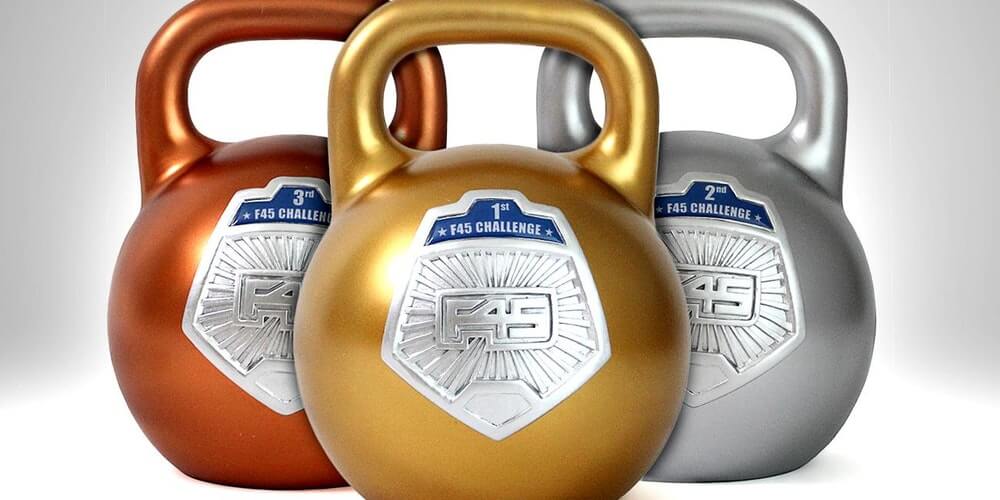The Power Of Whey Protein: Boost Your Fitness Goals
Whey protein is the most widely used dietary supplement in the fitness industry. It is a complex protein found in cow’s milk that contains smaller protein subfractions that are rapidly digestible.
Whey protein is available in three different forms, including concentrate, isolate, and hydrolysate. With numerous benefits, including muscle protein synthesis and recovery enhancement, whey protein has become a popular supplement among athletes and fitness enthusiasts.
Whey protein is a complete protein that contains all nine essential amino acids, making it an ideal supplement for muscle growth and maintenance. It is a rich source of branched-chain amino acids (BCAAs), which are essential for muscle protein synthesis.
Whey protein is also high in leucine, an amino acid that plays a crucial role in muscle protein synthesis. Moreover, whey protein is easily digested and absorbed by the body, making it an ideal supplement to consume after a workout.
In this article, we will explore the power of whey protein and how it can help you achieve your fitness goals. We will cover the different forms of whey protein, its benefits, and the recommended intake.
Concept of Whey Protein
The concept of whey protein as a fast-digesting protein from cow’s milk with various forms and benefits has been widely accepted in the bodybuilding and fitness industry. Whey protein is a complex protein made up of smaller protein subfractions, which are extracted through various processing methods.
The three main forms of whey protein include concentrate, isolate, and hydrolysate, and each has its unique properties. Whey protein concentrate contains 70-80% protein per gram and higher levels of growth factors, healthy fats, and immunoglobulins. Isolate, on the other hand, is 90-96% pure protein and virtually lactose, carbohydrate, and fat-free. Hydrolysate is the most expensive form of whey protein, and it is predigested protein.
Understanding the different forms of whey protein is crucial in choosing the right supplement that aligns with one’s fitness goals.
Different Forms of Whey Protein
Concentrate, isolate, and hydrolysate are the three main forms of whey protein, each with distinct differences in their protein purity and other nutritional components.
Whey protein concentrate typically contains 70-80% protein per gram, along with higher levels of growth factors, healthy fats, and immunoglobulins. This form of whey protein is often the most affordable but not commonly used by athletes and fitness enthusiasts as the vast majority of products on the market contain isolate.
On the other hand, whey protein isolate is a more pure form of whey protein, containing 90-96% protein per gram. This form of whey protein is virtually lactose, carbohydrate, and fat-free, making it an excellent option for individuals who are lactose intolerant or those who are looking to limit their calorie and fat intake.
Hydrolysate is a predigested form of whey protein, making it the most expensive option but also the fastest absorbing as well. Hydrolysate is often used by athletes and bodybuilders who want the fastest absorbing protein source to enhance post-workout recovery. In comparison to isolate and concentrate, hydrolysate has a faster absorption rate, leading to quicker muscle protein synthesis.
The rate of absorption makes a difference for elite athletes who often have to consume higher amounts of protein per day and need rapid recovery with little to no digestive load on their bodies. They will typically use whey protein hydrolysate or isolate. Most bodybuilders, recreational lifters or gymgoers will still use isolate over concentrate as it allows them to eat soon after their post workout shake has been consumed. Other reasons for choosing isolate are that many people experience bloating or discomfort from whey protein concentrate.
Benefits and Recommended Intake
One of the benefits of consuming whey protein is its ability to enhance recovery rates from exercise by providing necessary amino acids. Amino acids are the building blocks of protein and are essential for muscle repair and growth. Consuming whey protein after exercise can help to increase the rate of muscle protein synthesis, which is the process that leads to muscle repair and growth. This is because whey protein is a fast-digesting protein source, which means that the amino acids are quickly absorbed into the bloodstream and transported to the muscles where they are needed.
Post-workout nutrition is an important aspect of any fitness regime, as it helps to promote recovery and support muscle growth. Whey protein is an ideal post-workout protein source due to its fast digestion rate and high levels of essential amino acids. Consuming whey protein after exercise can help to minimise muscle damage, reduce inflammation, and support the growth and repair of muscle tissue.
Whey protein can help to improve overall body composition by promoting the accumulation of lean muscle mass and reducing body fat. Overall, whey protein is a powerful tool for anyone looking to improve their fitness outcomes and achieve optimal results from their training regime.
General recommendations are 1 scoop post-workout ensuring you are not relying on it in place of other appropriate nutrition sources like meat. Supplements are a convenience product after all.











